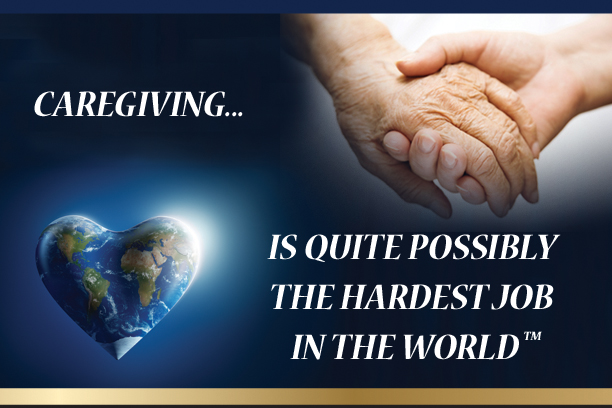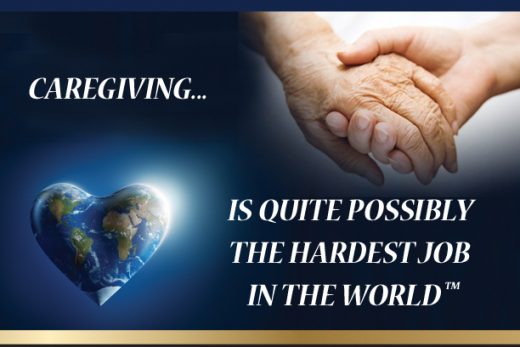Redefining And Connecting With Caregivers
by Greg Reilly, Columnist, October 21, 2016
Finding out that someone you love has been diagnosed with an illness is news that no one wants to receive. It is a moment that is followed by a rush of emotions and concerns and yet, once the initial shock of the news retreats, those emotions almost certainly turn into some sort of desire to help.

Today, the traditional idea of the caregiver is being challenged. Yes, there is still often an individual who takes on the primary role of caring for a loved one, but the digital age and, particularly, the social behavior that has developed online, have enabled a larger circle of family and friends to get involved and are redefining what it means to “care” for a sick or disabled loved one. This “caregiver community” is involved and helping like never before.
In cases where the caregiver is the primary audience and the majority of the content and media strategy has been developed around connecting with them (think Alzheimer’s or pediatrics), a comprehensive, multi-media plan should be developed.
In scenarios where this is not the case, a caregiver or caregiver community strategy may be secondary and require a highly targeted and efficient media plan to deliver the content and narrative while contributing overarching campaign metrics. Advertisers should consider a digital-centric approach focusing on paid and organic search along with programmatic media buying. A search campaign will reach hand raisers, those we know are looking, while using data-driven targeting solutions like those found through programmatic buying will deliver highly targeted, niche audiences with a significant amount of efficiency.
We see that patients feel comfortable engaging with other patients in social communities and forums to discuss illnesses, look for treatment recommendations, expose side effects, find doctors, and, ultimately, empathize with one another. This evolution has extended to information sharing from and with other friends, family and support systems.
There is growing and meaningful involvement of the caregiver community playing out across the spectrum of platforms and social networks:
- Highly engaged chronic illness communities on Facebook, like MS Lifelines (facebook.com/MSLifeLines)
- Patient platforms (patientslikeme.com)
- Instagram feeds that provide photos and videos of individuals participating in cancer walks
- Sites like The Mighty (themighty.com) produce uplifting, positive, and most importantly, shareable content aimed at dispelling myths and negative perceptions about neurologically diverse individuals.
A wide array of individuals, organizations, and pharmaceutical companies have begun initiating these types of social efforts to offer information and resources that may provide a treatment alternative or lifestyle adjustment that can inspire hope and provide relief for patients.
By and large, companies in the health and wellness space have developed specific content and media strategies to connect with a patient audience and provide valuable and engaging experiences. From a media perspective, the last few years have provided new technologies and data sources that enable advertisers to understand and connect with specific audiences across multiple platforms. This “audience economy” is transforming how businesses engage. As with patients, the marketing approach to caregivers has and continues to move away from mass metrics and leads us to identify those who care at the right moment with the right message through the right channels.
Understanding and leveraging these new technologies strategically enables health marketers to consider creating a content and media strategy for not only caregivers, but for the ever-expanding caregiver community.
Two approaches marketers can take for connecting with the caregiver community include: 1) developing a specific caregiver content strategy based on an assessment of the role the caregiver community plays in the treatment of the patient with a specific condition, and 2) leveraging data-driven targeting and buying approaches to reach caregivers efficiently and effectively.
With the new caregiver paradigm, the strategic question the advertiser must consider is how the condition or illness they treat resonates with or activates a broader caregiver audience. For example, we have seen with breast cancer, how walks, events and wearing pink in a show of solidarity has generated tremendous support from the broader community. Same can be said for ALS and the ice bucket challenge.
Other conditions such as mental health and neurological disorders may still be combating a broader audience stigma, but this smaller caregiver community is passionate and dedicated to their loved ones.
Taking the time to research what exists in the market around each condition and the relevant caregiver community can bring valuable results. Evaluate search trends and look for gaps that could provide insight into a caregiver content strategy. With a clearly define caregiver target audience and articulated narrative, one can then shift to determining how to effectively amplify the message.
Recognizing that the caregiver role has expanded to include multiple friends and family is an opportunity to reach them with information and content that might otherwise go undiscovered by the primary caregiver, potentially contributing to better patient outcomes and quality of life.
MediaPost.com: Search Marketing Daily
(14)













